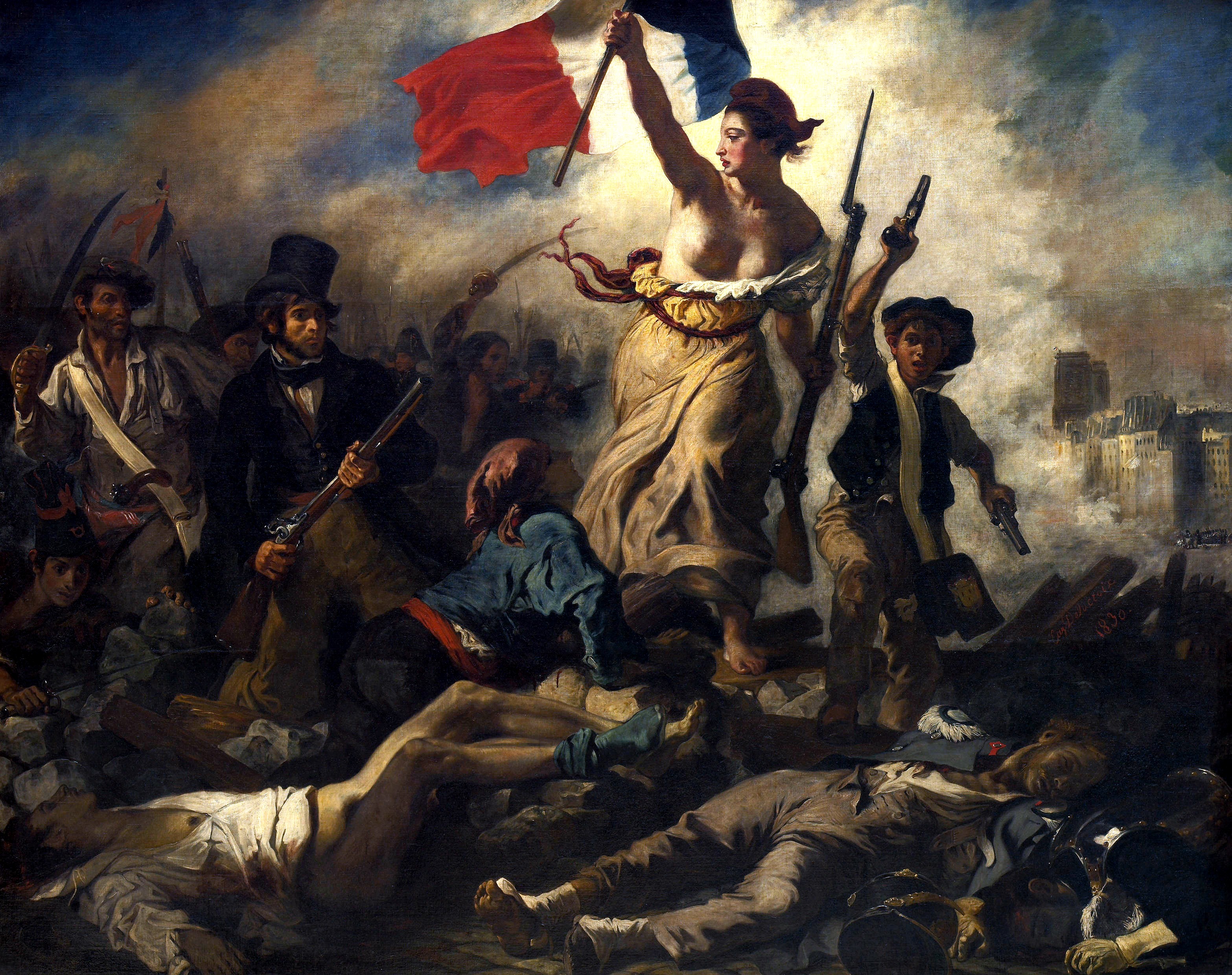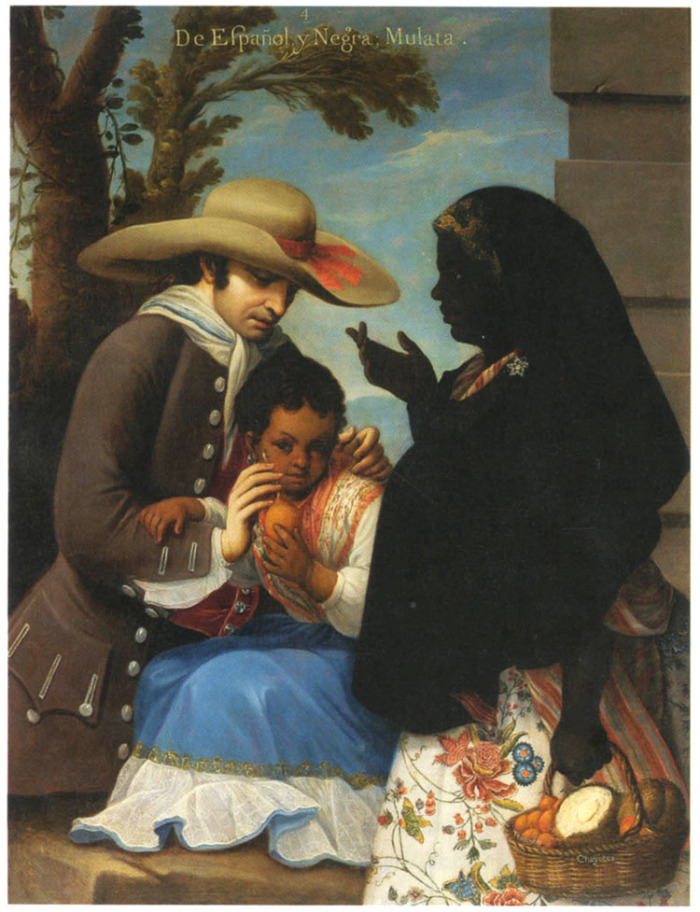|
Di Cavalcanti
Emiliano Augusto Cavalcanti de Albuquerque Melo (September 6, 1897 – October 26, 1976), known as Di Cavalcanti, was a Brazilian painter who sought to produce a form of Brazilian art free of any noticeable European influences. His wife was the painter Noêmia Mourão, who would be an inspiration in his works in the later 1930s. Early years (1897-1922) Born in Rio de Janeiro in 1897, Di Cavalcanti was influenced by the intellectuals he met at his home of his maternal uncle, a figure of the abolitionist movement. This would provide the basis for a lifelong politically driven artistic career, which would start by the production of a drawing published by the magazine fon-fon. He engaged in a pursuit for a law degree in São Paulo but did not manage to complete this pursuit. Di Cavalcanti moved to São Paulo in 1917. At this time he held his first exhibition at the Editora do Livro (o livro bookstore) in São Paulo. This first exhibition would only include caricatures with very vi ... [...More Info...] [...Related Items...] OR: [Wikipedia] [Google] [Baidu] |
Rio De Janeiro
Rio de Janeiro ( , , ; literally 'River of January'), or simply Rio, is the capital of the Rio de Janeiro (state), state of the same name, Brazil's List of Brazilian states by population, third-most populous state, and the List of largest cities in Brazil, second-most populous city in Brazil, after São Paulo. Listed by the Globalization and World Cities Research Network, GaWC as a global city, beta global city, Rio de Janeiro is the Largest cities in the Americas, sixth-most populous city in the Americas. Part of the city has been designated as a World Heritage Site, named "Rio de Janeiro: Carioca Landscapes between the Mountain and the Sea", on 1 July 2012 as a Cultural Landscape. Founded in 1565 by the Portuguese people, Portuguese, the city was initially the seat of the Captaincies of the Portuguese Empire, Captaincy of Rio de Janeiro, a domain of the Portuguese Empire. In 1763, it became the capital of the State of Brazil, a List of states of the Portuguese Empire, state o ... [...More Info...] [...Related Items...] OR: [Wikipedia] [Google] [Baidu] |
Fernand Léger
Joseph Fernand Henri Léger (; February 4, 1881 – August 17, 1955) was a French painter, sculptor, and filmmaker. In his early works he created a personal form of cubism (known as "tubism") which he gradually modified into a more figurative, populist style. His boldly simplified treatment of modern subject matter has caused him to be regarded as a forerunner of pop art. Biography Léger was born in Argentan, Orne, Lower Normandy, where his father raised cattle. Fernand Léger initially trained as an architect from 1897 to 1899, before moving in 1900 to Paris, where he supported himself as an architectural draftsman. After military service in Versailles, Yvelines, in 1902–1903, he enrolled at the School of Decorative Arts after his application to the École des Beaux-Arts was rejected. He nevertheless attended the Beaux-Arts as a non-enrolled student, spending what he described as "three empty and useless years" studying with Gérôme and others, while also studying at the Ac ... [...More Info...] [...Related Items...] OR: [Wikipedia] [Google] [Baidu] |
Nationalism
Nationalism is an idea and movement that holds that the nation should be congruent with the State (polity), state. As a movement, nationalism tends to promote the interests of a particular nation (as in a in-group and out-group, group of people),Anthony D. Smith, Smith, Anthony. ''Nationalism: Theory, Ideology, History''. Polity (publisher), Polity, 2010. pp. 9, 25–30; especially with the aim of gaining and maintaining the nation's sovereignty (self-governance) over its homeland to create a nation-state. Nationalism holds that each nation should govern itself, free from outside interference (self-determination), that a nation is a natural and ideal basis for a polity, and that the nation is the only rightful source of political power. It further aims to build and maintain a single national identity, based on a combination of shared social characteristics such as culture, ethnicity, geographic location, language, politics (or the government), religion, traditions and belief ... [...More Info...] [...Related Items...] OR: [Wikipedia] [Google] [Baidu] |
Modernism
Modernism is both a philosophical and arts movement that arose from broad transformations in Western society during the late 19th and early 20th centuries. The movement reflected a desire for the creation of new forms of art, philosophy, and social organization which reflected the newly emerging industrial world, including features such as urbanization, architecture, new technologies, and war. Artists attempted to depart from traditional forms of art, which they considered outdated or obsolete. The poet Ezra Pound's 1934 injunction to "Make it New" was the touchstone of the movement's approach. Modernist innovations included abstract art, the stream-of-consciousness novel, montage cinema, atonal and twelve-tone music, divisionist painting and modern architecture. Modernism explicitly rejected the ideology of realism and made use of the works of the past by the employment of reprise, incorporation, rewriting, recapitulation, revision and parody. Modernism also rej ... [...More Info...] [...Related Items...] OR: [Wikipedia] [Google] [Baidu] |
Mulatto
(, ) is a racial classification to refer to people of mixed African and European ancestry. Its use is considered outdated and offensive in several languages, including English and Dutch, whereas in languages such as Spanish and Portuguese is not, and can even be a source of pride. A () is a female ''mulatto''. Etymology The English term and spelling ''mulatto'' is derived from the Spanish and Portuguese . It was a common term in the Southeastern United States during the era of slavery. Some sources suggest that it may derive from the Portuguese word (from the Latin ), meaning ' mule', the hybrid offspring of a horse and a donkey. The Real Academia Española traces its origin to in the sense of hybridity; originally used to refer to any mixed race person. The term is now generally considered outdated and offensive in non-Spanish and non-Portuguese speaking countries, and was considered offensive even in the 19th century. Jack D. Forbes suggests it originated in t ... [...More Info...] [...Related Items...] OR: [Wikipedia] [Google] [Baidu] |
Nazi
Nazism ( ; german: Nazismus), the common name in English for National Socialism (german: Nationalsozialismus, ), is the far-right politics, far-right Totalitarianism, totalitarian political ideology and practices associated with Adolf Hitler and the Nazi Party (NSDAP) in Nazi Germany. During Hitler's rise to power in 1930s Europe, it was frequently referred to as Hitlerism (german: Hitlerfaschismus). The later related term "neo-Nazism" is applied to other far-right groups with similar ideas which formed after the Second World War. Nazism is a form of fascism, with disdain for liberal democracy and the parliamentary system. It incorporates a dictatorship, fervent antisemitism, anti-communism, scientific racism, and the use of eugenics into its creed. Its extreme nationalism originated in pan-Germanism and the ethno-nationalist ''Völkisch movement, Völkisch'' movement which had been a prominent aspect of German nationalism since the late 19th century, and it was strongly i ... [...More Info...] [...Related Items...] OR: [Wikipedia] [Google] [Baidu] |
World War II
World War II or the Second World War, often abbreviated as WWII or WW2, was a world war that lasted from 1939 to 1945. It involved the World War II by country, vast majority of the world's countries—including all of the great powers—forming two opposing military alliances: the Allies of World War II, Allies and the Axis powers. World War II was a total war that directly involved more than 100 million Military personnel, personnel from more than 30 countries. The major participants in the war threw their entire economic, industrial, and scientific capabilities behind the war effort, blurring the distinction between civilian and military resources. Air warfare of World War II, Aircraft played a major role in the conflict, enabling the strategic bombing of population centres and deploying the Atomic bombings of Hiroshima and Nagasaki, only two nuclear weapons ever used in war. World War II was by far the List of wars by death toll, deadliest conflict in hu ... [...More Info...] [...Related Items...] OR: [Wikipedia] [Google] [Baidu] |
Candido Portinari
Candido Portinari (December 29, 1903 – February 6, 1962) was a Brazilian painter. He is considered one of the most important Brazilian painters as well as a prominent and influential practitioner of the neo-realism style in painting. Portinari painted more than five thousand canvases, from small sketches to monumental works such as the Guerra e Paz panels, which were donated to the United Nations Headquarters in 1956. Portinari developed a social preoccupation throughout his oeuvre and maintained an active life in the Brazilian cultural and political worlds. Life and career Born to Giovan Battista Portinari and Domenica Torquato, Italian immigrants from Chiampo Vicenza, Veneto, in a coffee plantation near Brodowski, in São Paulo. Growing up on a coffee plantation of dark soil and blue sky, Portinari gained his inspiration from the homeland he loved. In the majority of his later paintings, murals and frescoes, he used the colour blue and many browns and reds because thi ... [...More Info...] [...Related Items...] OR: [Wikipedia] [Google] [Baidu] |
Anita Malfatti
Anita Catarina Malfatti (December 2, 1889 – November 6, 1964) is heralded as the first Brazilian artist to introduce European and American forms of Modernism to Brazil. Her solo exhibition in Sao Paulo, from 1917–1918, was controversial at the time, and her expressionist style and subject were revolutionary for the complacently old-fashioned art expectations of Brazilians who were searching for a national identity in art, but who were not prepared for the influences Malfatti would bring to the country. Malfatti's presence was also highly felt during the Week of Modern Art (''Semana de Arte Moderna'') in 1922, where she and the '' Group of Five'' made huge revolutionary changes in the structure and response to modern art in Brazil. Historical background The cultural history throughout Brazil is relevant to the changing theories of art's purpose and the consequential role that Modernist artists played. There were not many art institutions in Brazil and the country lac ... [...More Info...] [...Related Items...] OR: [Wikipedia] [Google] [Baidu] |





